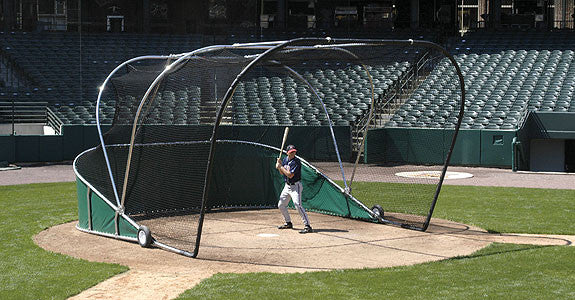10 More Simple Rules That Are Misinterpreted June 01 2015, 0 Comments
The batter must actually make an attempt to bunt the pitch in your judgment for it to be ruled a strike. Just leaving it in the strike zone is not enough to consider it an attempt.
---------
. The batter is out if a bunted ball hits the ground and bounces back up and hits the bat while the batter is holding the bat.
If the batter is in the batter’s box when this occurs, it is simply a foul ball. If he is out of the batter’s box at this time, he is ruled out for interference.
---------
The batter is out if his foot touches the plate.
This is true if the entire foot is out of the batter’s box when it touches the plate. Having the foot touch the plate and the batter’s box is not considered out of the batter’s box.
---------
The batter-runner is always out if he runs outside the running lane after a bunted ball.
The batter-runner is only out if he is outside the running lane when he causes the fielder at 1st base to have trouble receiving the throw or he is hit with the throw while he is outside of the running lane.
---------
A runner is out if he slaps hands or high-fives other players, after a homerun is hit over the fence.
In high school and professional baseball this is not true. In NCAA baseball, the 1st time this occurs, it would become a team warning and the next time it occurs it would be an ejection but it is never an out.
---------
Tie goes to the runner.
In baseball, there are no ties. The rule does state that if the ball beats the runner, the runner is out. If the runner beats the ball, he is safe. So, if it is a tie, it really goes to the defense and not the offense.
--------------------
The runner gets the base he's going to, plus one on a ball thrown out-of-play.
The runner gets 2 bases usually from the time of the pitch and other times he would get 2 bases from the time of the throw. There are no one plus one awards. There are only 1, 2, 3 & 4 base awards.
---------
Anytime a coach touches a runner, the runner is out.
The coach cannot touch a runner to help him advance or return to a base during a live ball. However, on a home run out of the park, the coach may touch the runner.
---------
Runners may never run the bases in reverse order.
Runners may not run bases in reverse order to make a travesty of the game. There are many times when the runner has to run in reverse order if the fly ball is caught or sometimes they run the bases in reverse order because they are confused to what took place.
---------
The runner must always slide when the play is close.
There is never a time a runner must slide but there are times if he does not slide, he will be called out for interference. He also has the option of giving himself up, trying to avoid the tag by going around it, reversing directions, etc.










